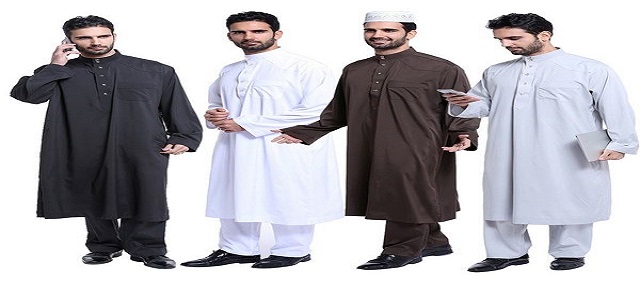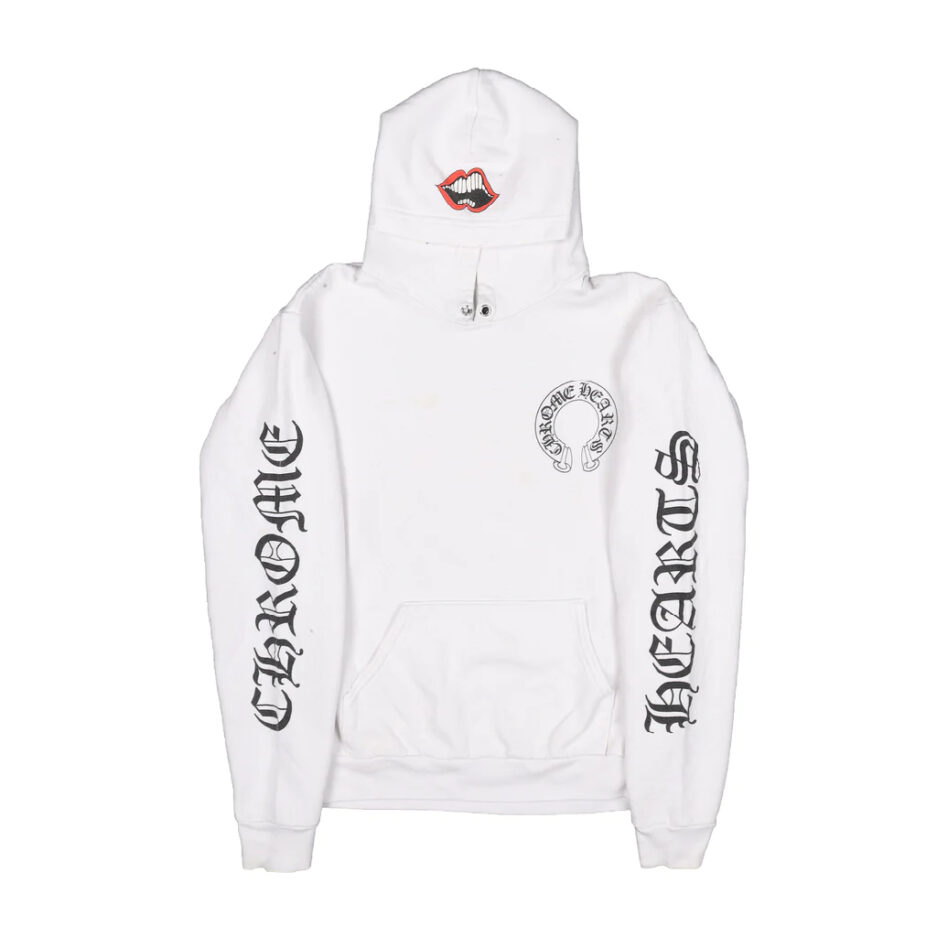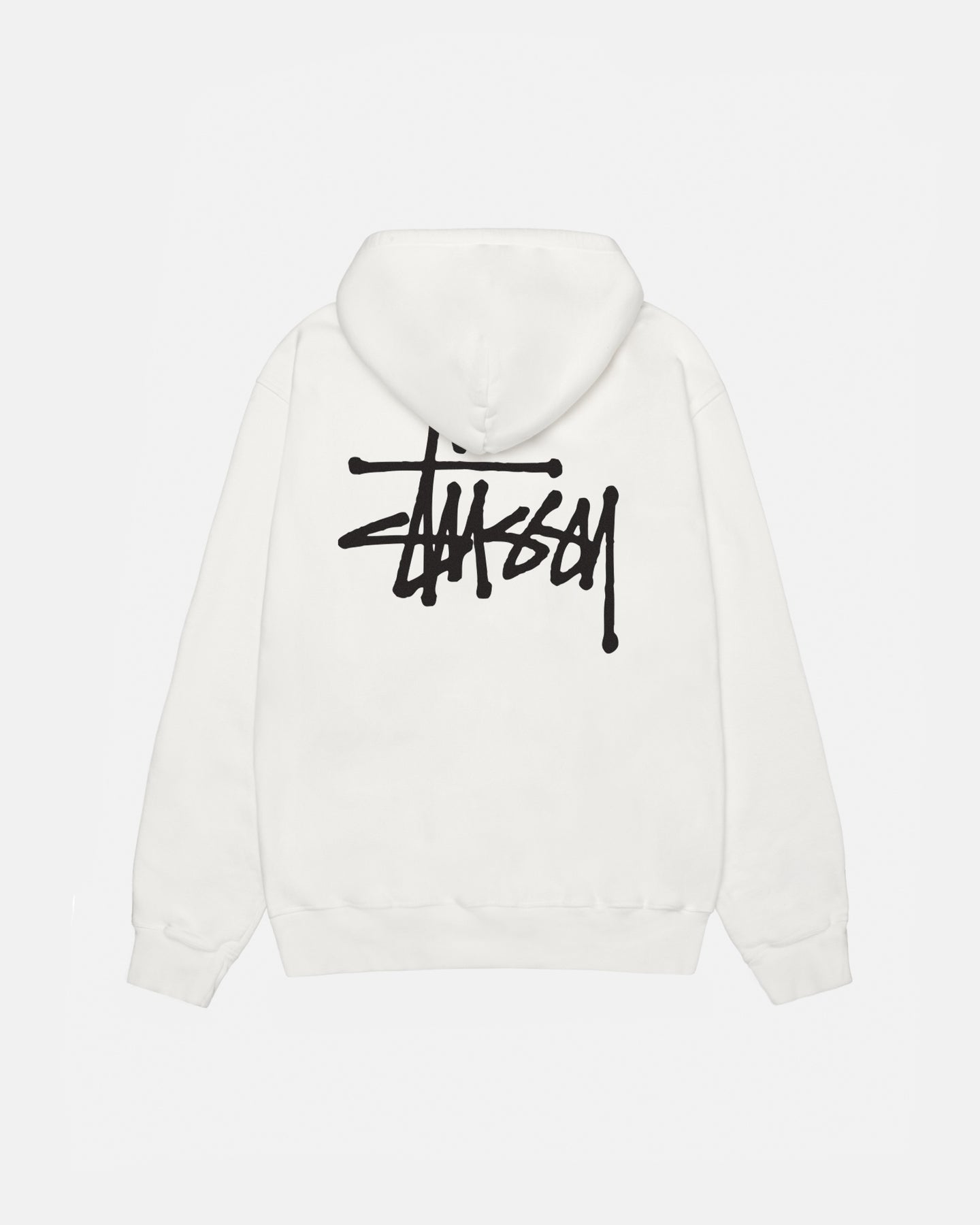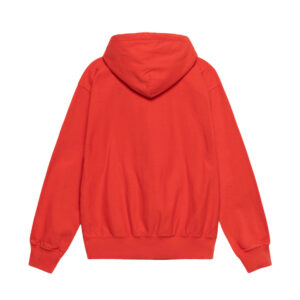Muslim clothing has always been more than just fabric stitched together to cover the body; it is a powerful symbol of identity, culture, and religious adherence. As Islam spread across various regions, the styles, fabrics, and patterns of Muslim clothing evolved, adapting to local customs while maintaining the modesty and dignity prescribed by Islamic teachings. The wholesale market for Muslim clothing today is a thriving global industry, catering to the diverse needs of the Muslim community. However, to truly understand the dynamics of this market, one must delve into the historical roots of Muslim attire and how it has been shaped by various cultural and economic forces over centuries.
The Origins of Muslim Clothing
Muslim clothing has its roots in the early Islamic period, when the Prophet Muhammad (PBUH) and his companions set the tone for modesty and simplicity in dress. The Quran, the holy book of Islam, outlines the principles of modesty for both men and women, emphasizing the importance of covering the body appropriately. For women, this often translates into wearing the hijab (headscarf) and loose-fitting garments like the abaya or jilbab, while men are encouraged to wear modest clothing, often including the thobe or dishdasha.
As Islam expanded beyond the Arabian Peninsula, it encountered a myriad of cultures and traditions. This led to the incorporation of local clothing styles into what we now recognize as traditional Muslim attire. For instance, in South Asia, the shalwar kameez became a popular choice among Muslim women, while in North Africa, the djellaba and kaftan became staples. These garments not only fulfilled religious obligations but also reflected the rich cultural diversity within the Muslim world.
The Rise of Muslim Clothing in the Global Market
The wholesale market for Muslim clothing has its roots in the historical trade routes that connected the Islamic world with other regions. The Silk Road, for example, was not only a conduit for the exchange of goods like spices and silk but also for clothing styles and textiles. Muslim traders played a significant role in these networks, bringing with them their distinctive clothing styles, which were often in demand in the markets of Central Asia, the Middle East, and North Africa.
As the Ottoman Empire rose to prominence, it became a hub for trade and fashion. The Ottomans were known for their luxurious textiles, including silk and brocade, which were used to create elaborate garments for the elite. These clothing items were often exported to other regions, influencing local styles and creating a demand for Ottoman textiles in various markets. The wholesale trade in Muslim clothing thus became intertwined with the broader economic activities of the empire, contributing to its wealth and cultural influence.
The Role of Islamic Empires in Shaping Fashion Trends
The Islamic empires of the past, such as the Abbasids, Mughals, and Safavids, also played a crucial role in shaping the fashion trends that continue to influence Muslim clothing today. The Mughals, for example, were known for their opulent attire, which combined Persian, Indian, and Central Asian elements. The Mughal emperors were patrons of the arts, and their court was a center for the production of luxurious fabrics, including velvet, silk, and brocade. These textiles were often adorned with intricate embroidery, gold thread, and precious stones, making them highly sought after in the markets of the Islamic world.
The Safavid Empire in Persia was another major center for textile production, known for its exquisite carpets and silk fabrics. The Safavids were particularly influential in the development of Islamic art and design, which had a lasting impact on the clothing styles of the time. The demand for these luxurious textiles created a thriving wholesale market, with traders from across the Islamic world seeking to acquire Persian silks and brocades for resale in their local markets.
The Impact of Colonialism on Muslim Clothing
The advent of colonialism in the 19th and 20th centuries had a profound impact on Muslim clothing and the wholesale trade associated with it. As European powers established control over various regions of the Muslim world, they introduced Western clothing styles and industrial textile production. This led to a decline in traditional textile industries in many parts of the Islamic world, as cheaper, mass-produced fabrics from Europe flooded the markets.
However, Muslim communities often resisted these changes, holding on to their traditional clothing as a symbol of cultural and religious identity. In some cases, this resistance led to a revival of traditional textile production, with a renewed focus on quality and craftsmanship. The wholesale market for Muslim clothing during this period became a battleground between traditional and modern influences, with traders navigating the complex dynamics of colonialism and cultural preservation.
The Modern Wholesale Market for Muslim Clothing
Today, the wholesale market for Muslim clothing is a dynamic and rapidly growing industry, driven by the increasing demand for modest fashion. The global Muslim population is estimated to be over 1.8 billion, and this demographic is increasingly seeking clothing that reflects both their religious values and contemporary fashion trends. This has led to the emergence of a diverse range of Muslim clothing styles, from traditional garments like the abaya and thobe to modern interpretations that incorporate elements of Western fashion.
The rise of e-commerce has also revolutionized the wholesale market for Muslim clothing. Online platforms have made it easier for wholesalers to reach a global audience, offering a wide range of products at competitive prices. This has led to the growth of a vibrant online marketplace, where buyers and sellers from different parts of the world can connect and conduct business.
Countries like Turkey, Indonesia, and Pakistan have emerged as major centers for the production and export of Muslim clothing. Turkey, in particular, has become a leader in the modest fashion industry, with its designers gaining international recognition for their innovative designs that blend traditional and modern elements. The Istanbul Modest Fashion Week, launched in 2016, is a testament to the growing importance of Muslim clothing in the global fashion industry.
The Cultural Significance of Muslim Clothing
Beyond its economic impact, Muslim clothing holds deep cultural significance for those who wear it. For many Muslims, their clothing is an expression of their faith and a way to connect with their cultural heritage. This is particularly true for diaspora communities, who often turn to traditional clothing as a way to maintain their cultural identity in foreign lands.
The wholesale market for Muslim clothing thus plays a vital role in preserving and promoting the rich cultural diversity within the Muslim world. By providing access to traditional garments and textiles, wholesalers help to keep these cultural practices alive, ensuring that future generations can continue to celebrate their heritage through clothing.
Conclusion
The history of Muslim clothing is a story of cultural exchange, adaptation, and resilience. From the early days of Islam to the modern era, Muslim clothing has evolved in response to changing social, economic, and political forces. The wholesale market for Muslim clothing has played a crucial role in this evolution, acting as a conduit for the exchange of ideas, styles, and textiles across different regions. Today, this market continues to thrive, catering to the diverse needs of the global Muslim community and contributing to the preservation of a rich cultural heritage.




